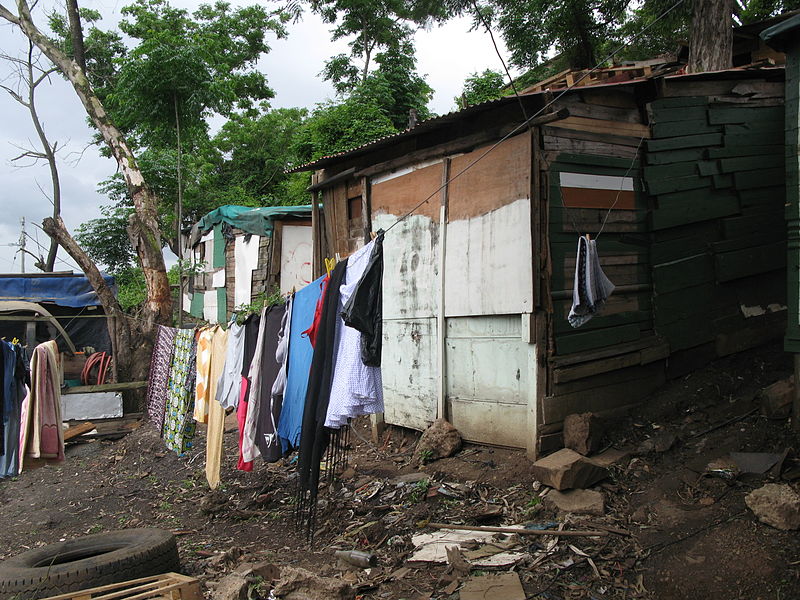From Steel City to sustainable city: The story of Pittsburgh and cities with industrial legacies
Since the first industrial revolution, extractive and manufacturing industries have formed the backbone of local economies, leading to rapid urbanization of their surrounding areas. Cities have, in turn, developed a spatial composition and social identity linked to their industrial heritage.
The industrial model that shaped certain cities has, over time, proven to be unsustainable. Environmental and resource pressures from industrial activity, combined with automation and digitization, have contributed to the phase-out of industry in many cities.
These economic transitions take time and deep systemic reconfiguration, but they also present an opportunity to renew and redefine urban development to rely on more sustainable economies and infrastructure.
William Peduto, Mayor of Pittsburgh, United States – which has a heritage as the Steel City – is no stranger to the transition experienced by industrial cities. “I watched my city die and I saw it become reborn,” said the mayor at COP23, the 23rd United Nations Climate Change Conference in Bonn, Germany where nations are laying the groundwork for implementing the Paris Agreement. He was a key participant of an official side event featuring cities in the Urban Transitions Alliance, just launched by ICLEI – Local Governments for Sustainability.
The City of Pittsburgh was once an industrial giant, as one of the largest steel producers in the world. The city helped build the United States, providing the raw materials for skyscrapers and bridges across the country. It was one of the richest cities on Earth.
After World War II, Pittsburgh started on a path to become a corporate center, a transition marked by a changing skyline as skyscrapers were built to accommodate the new corporate culture. By the 1970s, the city had succeeded in this economic transition.
However, by 1979, the “economic heart was ripped out of us,” as Mayor Peduto put it.
The steel and electronics industries collapsed during national industrial restructuring and increased competition. Unemployment was above 15 percent in the 1990s, triple the unemployment rate in Detroit today. More people left Pittsburgh in the 1980s than left New Orleans following Hurricane Katrina.
But the city did not give into this loss. Instead, Pittsburgh decided to invest in a new future, built on innovation and sustainability. The city launched programs to boost innovation in artificial intelligence, clean energy, medicine and education. Pittsburgh renewed and rebuilt its entire economy around these investments, and is now home to Microsoft, Google and other tech giants. The city now also has five ongoing experiments with autonomous vehicle that use zero fossil fuels.
The economy of Pittsburgh is now strong with green jobs, boasting the most of anywhere else in the state of Pennsylvania. The city has more people employed in the clean economy than oil, coal and gas combined. This is a stark contrast to its heritage as a city situated in the middle of coal country, where oil was discovered and where natural gas fracking is active.
“There was 30 years worth of sacrifice, and 30 years worth of innovation that brought Pittsburgh back. I can assure you that our future is tied to being part of the Paris Agreement,” said Mayor Peduto.
Mayor Peduto represented Pittsburgh as one of 500 mayors who attended COP21, where the Paris Agreement was adopted. The strong presence of mayors then and now mark an important shift in the perception that climate action and green economies are in the hands of nations. Cities with an industrial legacy, including and beyond Pittsburgh, are setting ambitious goals to stimulate their own transitions and contribute to global climate action. For instance, the Ruhr Area of North Rhine-Westphalia, Germany, characterized by heavy industry since industrialization, has set out to reduce greenhouse gas emissions 80 to 95 percent compared to 1990 levels by 2050, and 44 percent by 2030. Meanwhile, the City of Essen, European Green Capital 2017, and former industrial center, aims to significant boost the share of green jobs available in the city to 20,000 by 2025.
It is clear that a change is occurring globally – that industry, as it once was, no longer serves the trends and needs of our time. The Paris Agreement is a signal to nations, the private sector and investors that the right direction and investment lies in more sustainable, conscious economies. As cities like Pittsburgh, with an industrial heritage, make deep and lasting transformations, they can serve as an example the possibilities ahead and the chance we have to make good on the promises of Paris.
—
This post is based on the Cities in transition: Industrial legacy for a low carbon future official side event at COP23.






